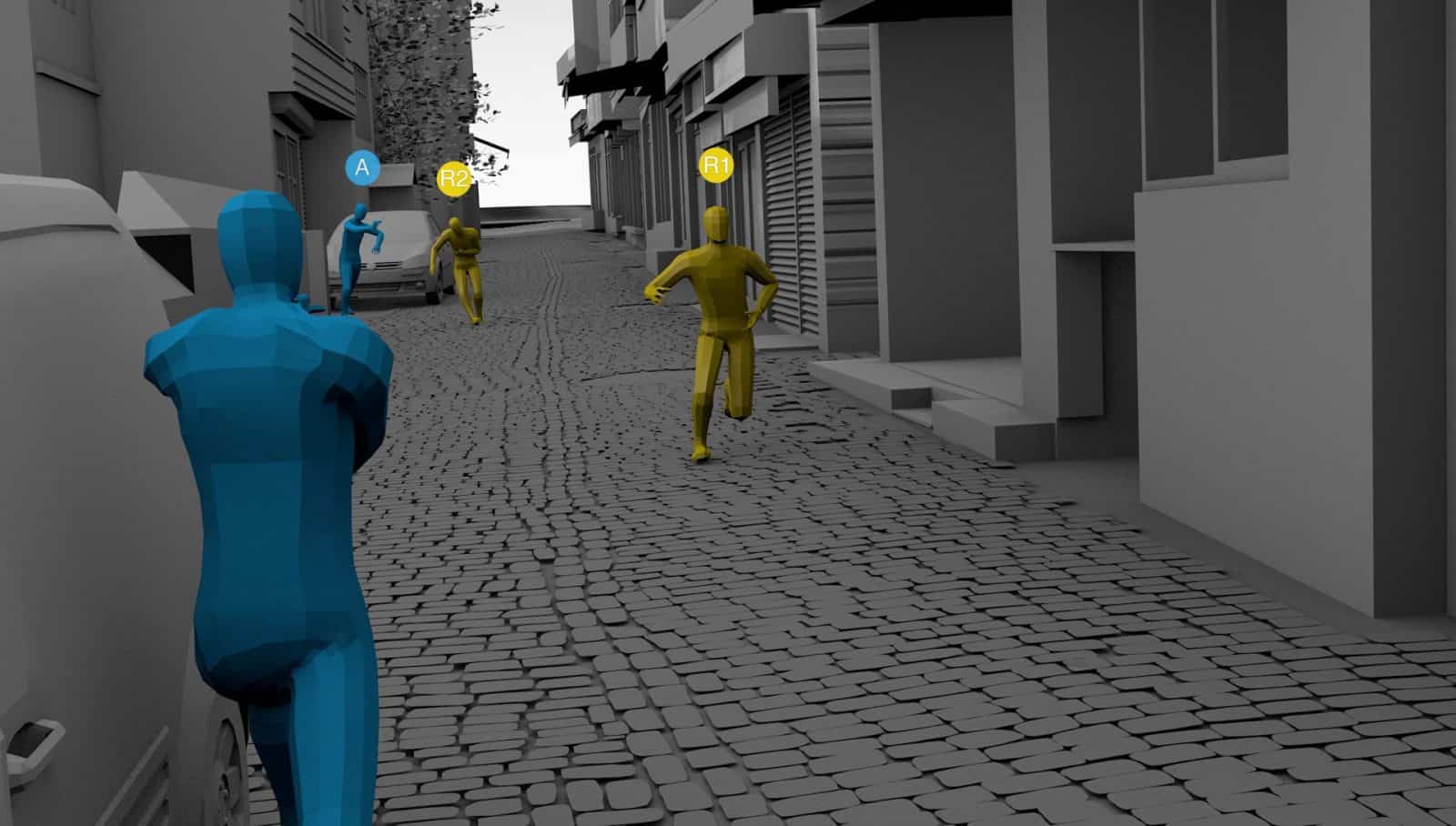
Using data in innovative ways to advance human rights
Founded in 2010 by a group of architects, Forensic Architecture is a research centre based at the Centre for Research Architecture at Goldsmiths, University of London. The organisation collates traditional and new forms of data and evidence from sites of human rights violations. Its objective is to create graphic representations and scientific studies that can serve evidentiary and advocacy purposes. This data can include witness testimonies, videos posted on social media, satellite imagery, archaeological surveys, or oceanographic surveys amongst many other things. These are then analysed using technology from a wide range of other fields including remote sensing, forensic archaeology and sound analysis.
Forensic Architecture collaborates with human rights organisations, providing the expertise for specific research projects and campaigns, or evidence for bodies such as the United Nations and the International Criminal Court. The organisation has also been invited to display its work at many major museums and art galleries around the world. Recent themes include police violence, artificial intelligence (AI) and machine learning, cyber warfare, the environment and migration.
The increase in the use of open source investigation – collating and developing information provided through social media and other open sources – has allowed organisations to use real-time documented evidence to better analyse ongoing violations. This has been of particular importance in situations of conflict or occupation, where access to the location of violations is limited.
For example, in the “Battle for Ilovaisk”, a project headed by the European Human Rights Advocacy Centre, also a Trust grantee, Forensic Architecture used open source evidence to verify Russian military presence in Eastern Ukraine. In that case, the team not only used remote sensing to identify Russian convoys in the area, but also developed machine learning tools to analyse online footage, in order to recognise the presence of Russian military vehicles.
The organisation also worked with fenceline community activist group RISE St. James and the Department of Mechanical Engineering at Imperial College London in “Death Alley” Louisiana to create maps and simulations that show the multi-generational environmental degradation and racism in the area. These tools helped local advocates hold industries accountable, call for reparations, and demand just historic preservation and land stewardship for Black communities affected by environmental racism.
In another example, Forensic Architecture was commissioned by Diyarbakır Bar Association in 2016 to examine the evidence and independently investigate the circumstances of Tahir Elçi, a prominent Kurdish human rights lawyer. The team collected and reviewed video footage from the crime scene and produced a three-dimensional computer-generated model. The model identified three police officers, one of whom very likely fired the shot that killed Elçi, in contradiction to the claims made by state officials that two Kurdish militants were responsible for the killing. The new evidence challenged the Turkish state to reinvigorate its own investigation.
Forensic Architecture has also been actively involved in the development of a protocol on open source investigation. The protocol addresses ethical and practical issues, and aims to set international standards. Their work has been exhibited around the world and have been shortlisted for the Turner prize, a prestigious award given to British visual artists.
Return to grantee stories
